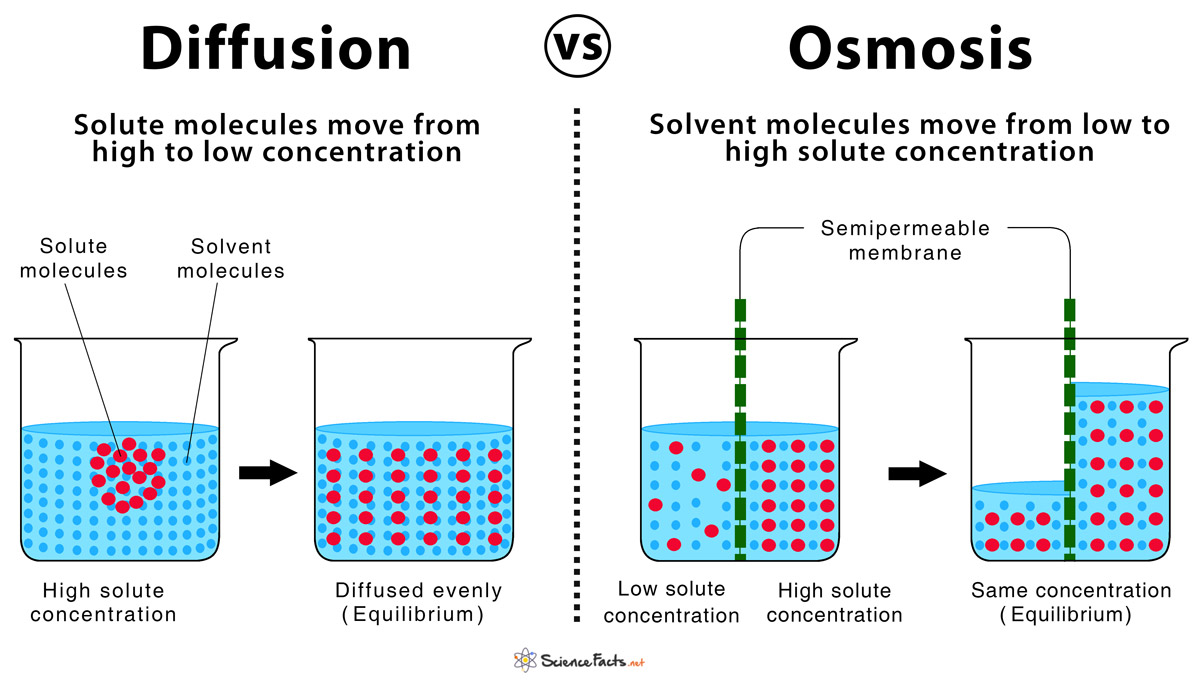How Are Facilitated Diffusion And Diffusion Similar
In case of diffusion the particles propagate in the direction of the concentration gradient, while atoms can travel in. Facilitated diffusion is the movement of a molecule from an area of high concentration to an area of lower concentration with the help of a protein channel or carrier.

Main differences between diffusion and facilitated diffusion. The carriers (as in the active transport) are proteins embedded in the cell membrane.
How Are Facilitated Diffusion And Diffusion Similar. Diffuser is a tool that is commonly owned by those who are into aromatherapy. There are various types and functions of diffusers on the market, according to the needs of the users. Be sure that you're correct in selecting one that is suitable for you so that the benefits of aromatherapy are felt to the maximum.
An air diffuser works as device that functions to convert aromatic oils to fragrant vapors then disperse them into the air to ensure they are easier to breathe. The use of a diffuser in a room can create a comfortable and calming environment. Thus, using a diffuser is very appropriate to soothe the mind and ease stress.
Although the diffusion of air offers many advantages It isn't suitable for make use of it for making antiseptic liquids vaporize to sterilize the air. It could cause adverse consequences, including irritation to the respiratory tract as well as the eyes.
The use of a diffuser is useful for optimizing the benefits that essential oils provide. The scent that diffuses can stimulate the senses and can affect emotions as well as your nervous system. It is dependent on the type of aromatherapy
A diffuser is a tool that spreads something over the entire area. In this case the things being spread are essential oils and diffusers as instruments.
The diffuser is made to process essential oil droplets mixed with the water in it to produce a fine steam, which is then diffused throughout the room. The steam that is produced usually is pleasant and can be beneficial for health.
Quoted from research, in general, the role of a diffuser can offer a therapeutic or an effect of healing as it releases particles made from essential oils. These particles can activate the brain and send messages to the limbic system in the brain.
The brain will then respond with various physiological functions, like hormonal release, reducing pain, or a positive improvement in mood.
The other benefits of a diffuser include the treatment of respiratory problems, mood enhancement and relaxing, air purification and much more, based on the essential oil utilized.
The recommended way to make use of the diffuser is 30-60 minutes of dripping 3-5 drops of essential oil. Also, ensure that the area where the diffuser will be used has good ventilation.
To ensure optimal performance for optimal performance, the diffuser must be placed in a strategic location, like the desk at work near the bed, or in the middle of the family room.